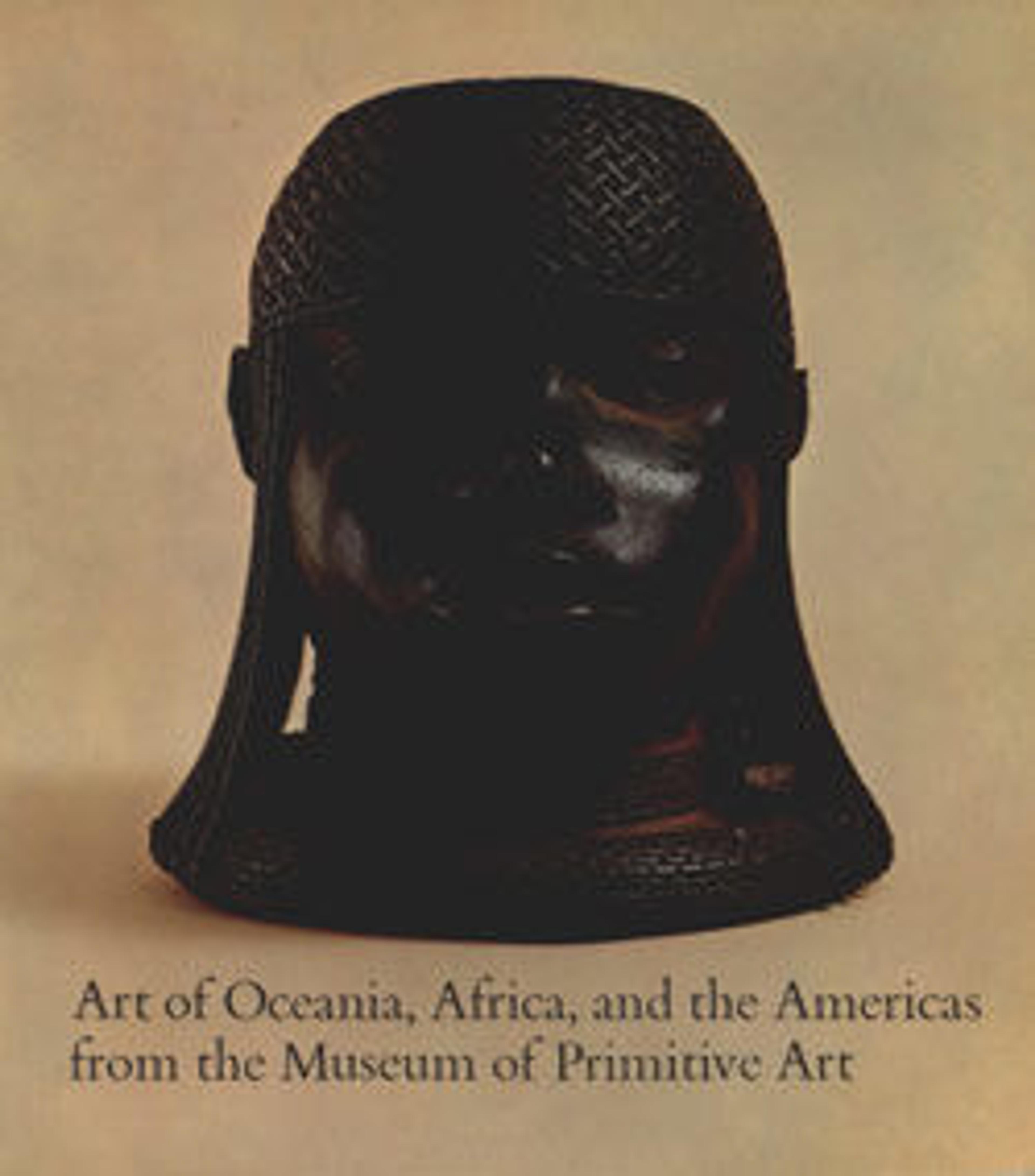Royal seat
This commanding woman kneels on a circular disk while balancing another atop her head and strong arms. Further ornamented with precious ivory and beaded jewelry, such a powerful depiction of womanhood underscored a Songye chief’s ancestral right to rule. For the neighboring Luba, continuity of the royal line depended on women carrying new generations into the world. Royal seats honored women as the source of life, and they legitimized the chief’s authority by presenting idealized portraits of his female ancestors. Songye leaders adapted these thrones for their own use, portraying both male and female figurative supports. That customization reflects the equal weight Songye have placed on the importance of maternal and paternal lineages.
Artwork Details
- Title:Royal seat
- Artist:Songye artist
- Date:19th–early 20th century
- Geography:Democratic Republic of the Congo, Lomami River region
- Culture:Songye peoples
- Medium:Wood, copper alloy, ivory, beads
- Dimensions:H. 19 13/16 x W. 13 3/8 x D. 13 1/8 in. (50.4 x 34 x 33.3 cm)
- Classification:Wood-Furniture
- Credit Line:The Michael C. Rockefeller Memorial Collection, Purchase, Nelson A. Rockefeller Gift, 1969
- Object Number:1978.412.593
- Curatorial Department: The Michael C. Rockefeller Wing
More Artwork
Research Resources
The Met provides unparalleled resources for research and welcomes an international community of students and scholars. The Met's Open Access API is where creators and researchers can connect to the The Met collection. Open Access data and public domain images are available for unrestricted commercial and noncommercial use without permission or fee.
To request images under copyright and other restrictions, please use this Image Request form.
Feedback
We continue to research and examine historical and cultural context for objects in The Met collection. If you have comments or questions about this object record, please contact us using the form below. The Museum looks forward to receiving your comments.
